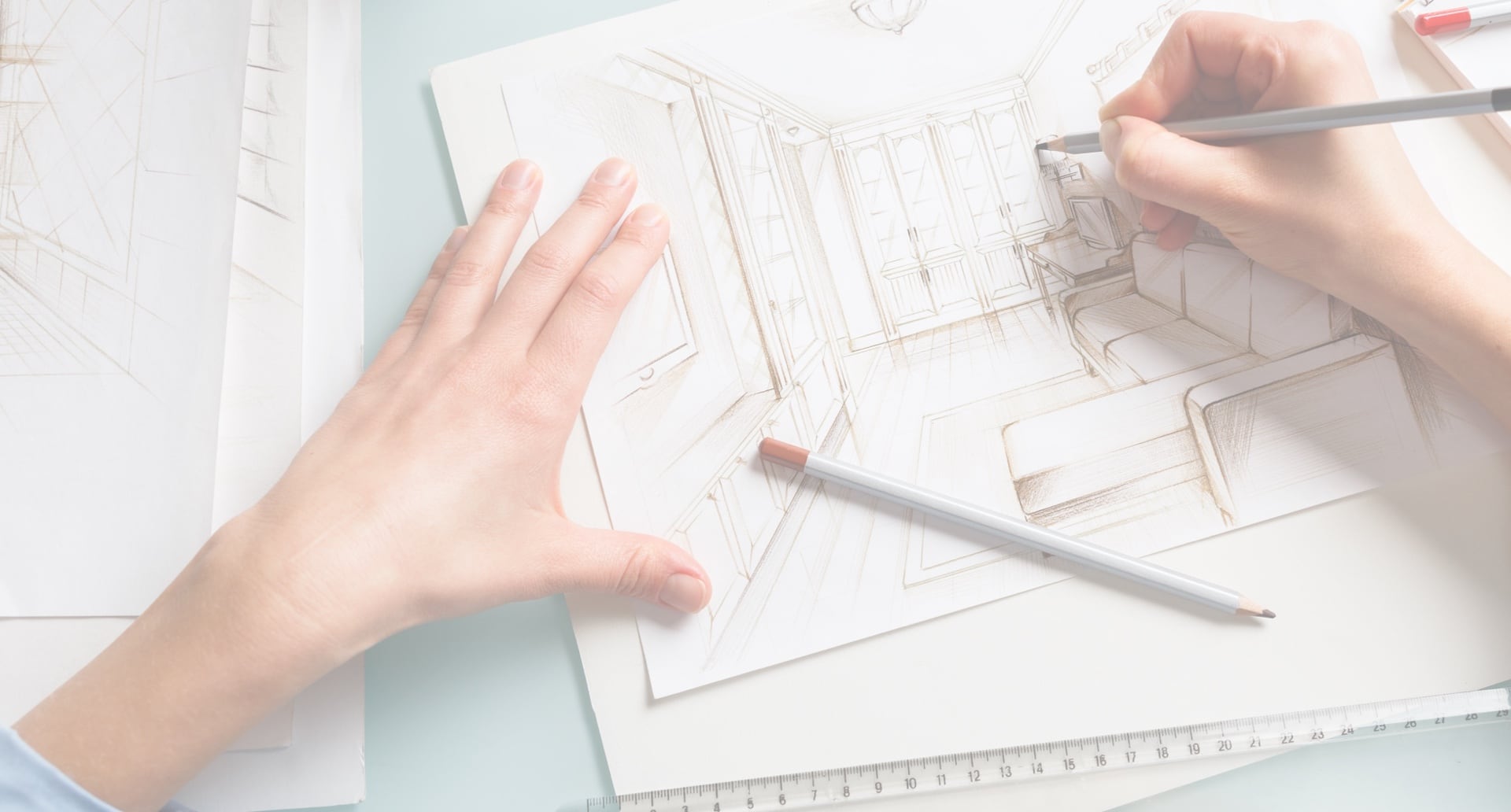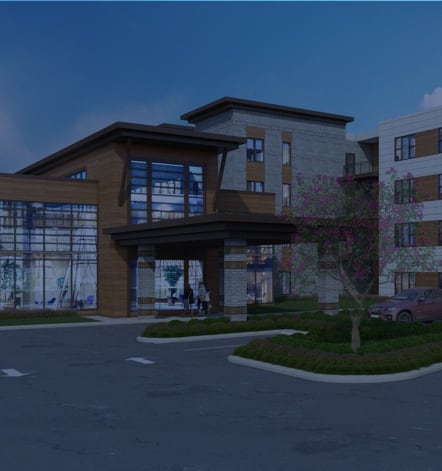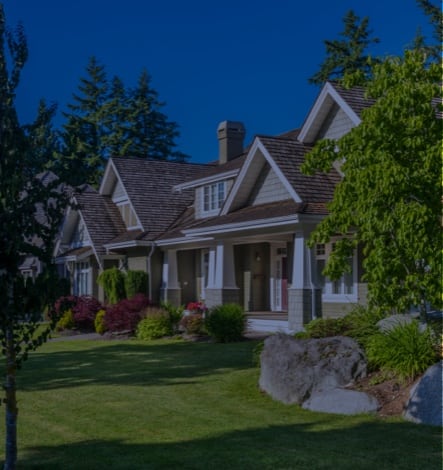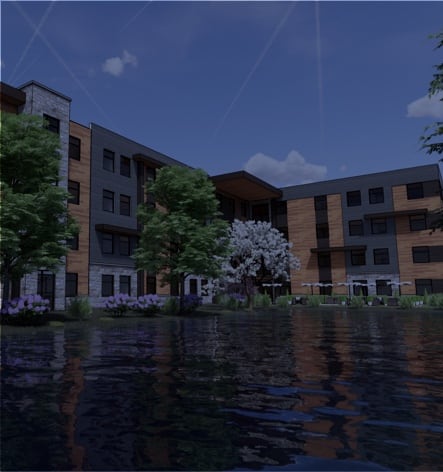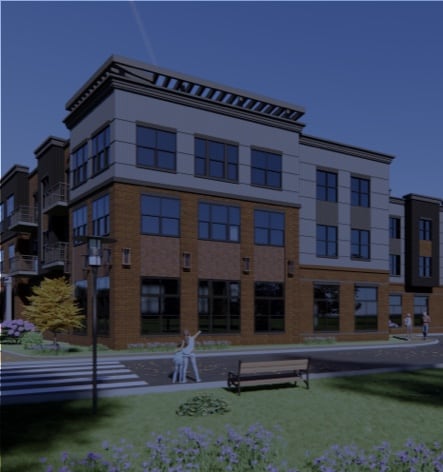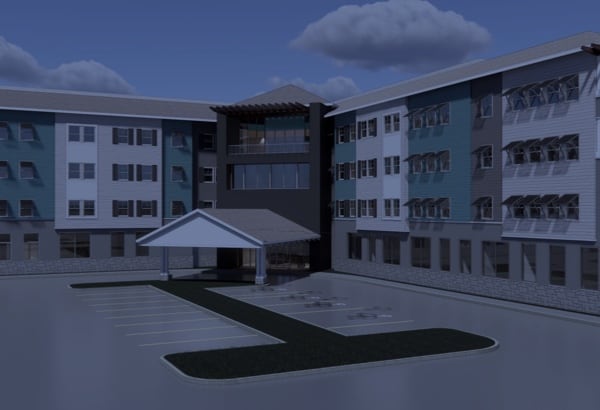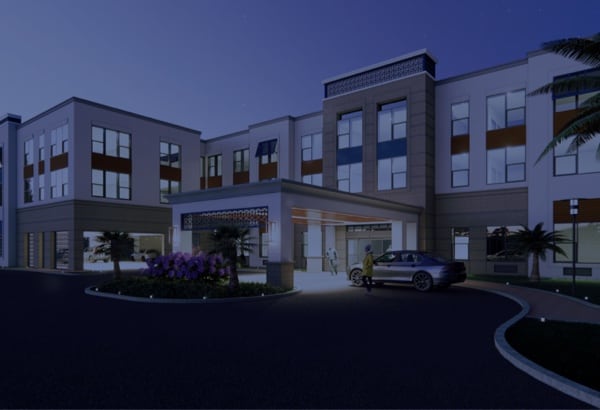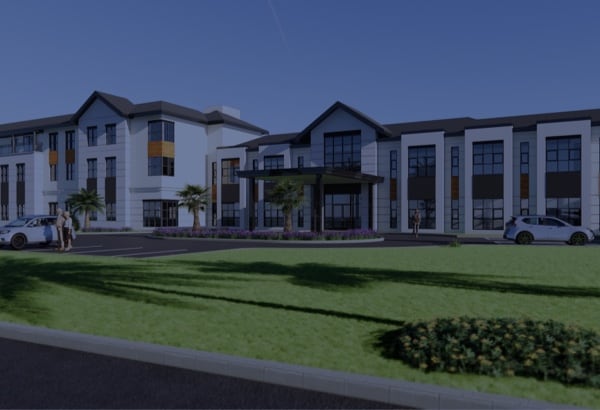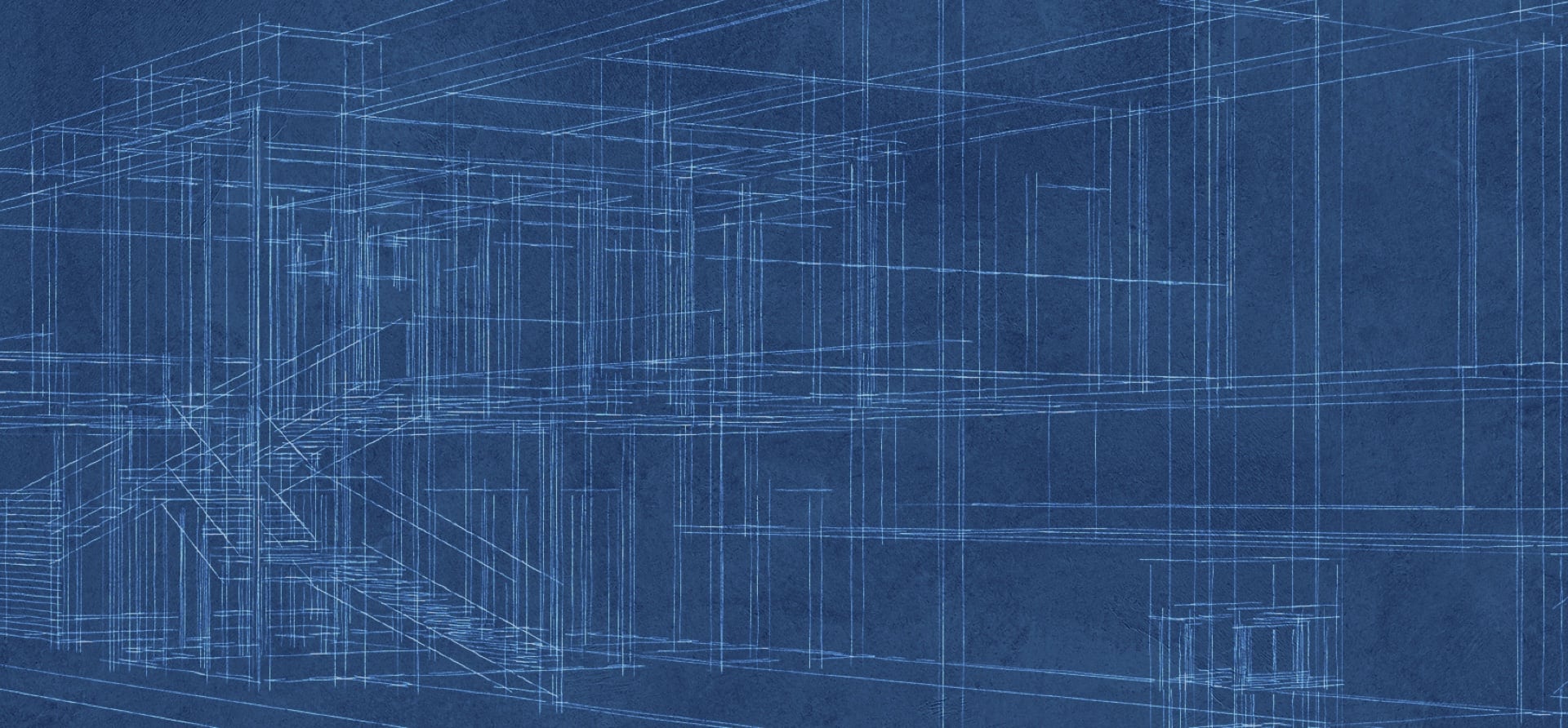Finding the right developer for a memory care community is a crucial decision, and it can feel overwhelming. Memory care facilities are designed to provide specialized support for individuals with Alzheimer’s, dementia, and other cognitive impairments.
The memory care community developer you choose must understand the unique challenges of designing such communities. The goal is to create a safe, comfortable, and functional space that supports residents’ well-being.
What Is Memory Care?
Memory care is a specialized type of senior living that provides structured, around-the-clock support for individuals with memory impairment.
These communities focus on safety, routine, and specialized programming to help residents maintain a sense of independence while receiving the care they need.
Unlike traditional assisted living, memory care communities feature secured environments, trained staff, and therapeutic activities designed to improve quality of life.
What Is a Memory Care Community Developer?
A memory care community developer is responsible for designing and building facilities specifically for individuals with memory loss. These developers must consider safety, accessibility, and comfort in every aspect of construction.
A well-designed memory care community incorporates research-backed layouts that reduce confusion, enhance security, and promote meaningful engagement for residents.
Things to Consider When Choosing a Memory Care Community Developer
When choosing a memory care community developer, you should consider key factors such as their experience and understanding of the community’s design features.
Experience in Memory Care Projects
Not all developers specialize in senior living, and even fewer have experience in memory care.
Developers who have worked in memory care communities understand the unique needs of individuals with cognitive impairments. Reviewing past projects can provide insight into their expertise and ability to create environments that support both residents and caregivers.
Thoughtful Design for Safety & Engagement
Memory care communities should be designed with safety in mind, including secure outdoor spaces, clear sightlines, and structured layouts to reduce confusion.
Features like enclosed courtyards, accessible walking paths, and calming sensory spaces can significantly impact residents’ daily experiences. Developers who prioritize these aspects demonstrate a commitment to improving residents’ well-being and comfort.
Staff Training & Support Facilities
A well-designed memory care community includes spaces that support staff training and education. Developers who incorporate dedicated learning areas for caregivers help the staff to be well-prepared to provide quality care.
Thoughtful staff amenities, such as private break rooms, on-site counseling areas, and advanced safety monitoring systems, contribute to a positive work environment that helps retain skilled professionals.
Compliance with Regulations & Industry Standards
Memory care facilities must adhere to strict health and safety regulations. A developer with experience in this field will be familiar with these requirements and integrate them seamlessly into the design.
Meeting regulatory standards from the outset prevents costly adjustments later and helps the community operate efficiently and safely.
Integration Within the Larger Community
A memory care community should not feel isolated. Developers who choose locations with easy access to medical facilities, community centers, and transportation options help residents maintain connections with the outside world.
Access to libraries, parks, and religious centers also plays a crucial role in supporting residents’ mental and emotional well-being, allowing them to engage in meaningful activities and maintain a sense of purpose.
Sustainability & Long-Term Adaptability
Developing for the future is crucial. Incorporating energy-efficient lighting, sustainable building materials, and adaptable space usage helps the community remain functional for years to come.
Developers who plan for long-term adaptability help create facilities that evolve with changing care needs. This includes designing multipurpose spaces that can be adjusted for various levels of care as residents’ conditions progress.
Designing for Resident Well-Being
A memory care community is more than just a building—it’s a place where individuals feel safe, supported, and connected. The right developer understands that thoughtful design goes beyond aesthetics and into functionality, security, and resident experience.
Features such as sensory gardens, familiar landmarks for wayfinding, and adaptive living spaces significantly affect how residents interact with their environment.
Including wellness programs, family gathering spaces, and interactive engagement zones can enhance daily life for both residents and visitors.
Supporting Caregivers in Memory Care Communities
Caregivers play a central role in these communities, and their needs need to be prioritized in the design process. Well-planned staff areas, accessible emergency systems, and dedicated spaces promote personalized resident engagement, enabling caregivers to provide the highest level of care while maintaining their own well-being.
Developers who prioritize staff efficiency and comfort through smart facility planning contribute to a better overall care environment. Features such as strategically placed nursing stations, quiet rest areas, and real-time resident monitoring systems help caregivers deliver efficient, high-quality support while reducing burnout.
Moving Forward with the Right Partner
We specialize in creating memory care communities that combine functionality, comfort, and innovation. Our team works closely with clients to develop personalized solutions that meet the unique challenges of memory care.
With expertise in regulatory compliance, sustainability, and community integration, we are committed to building spaces that serve residents and caregivers alike.
If you’re looking for a trusted partner in memory care community development, Distinctive Development is here to help. Contact us to discuss your project and learn how we can bring your vision to life.


